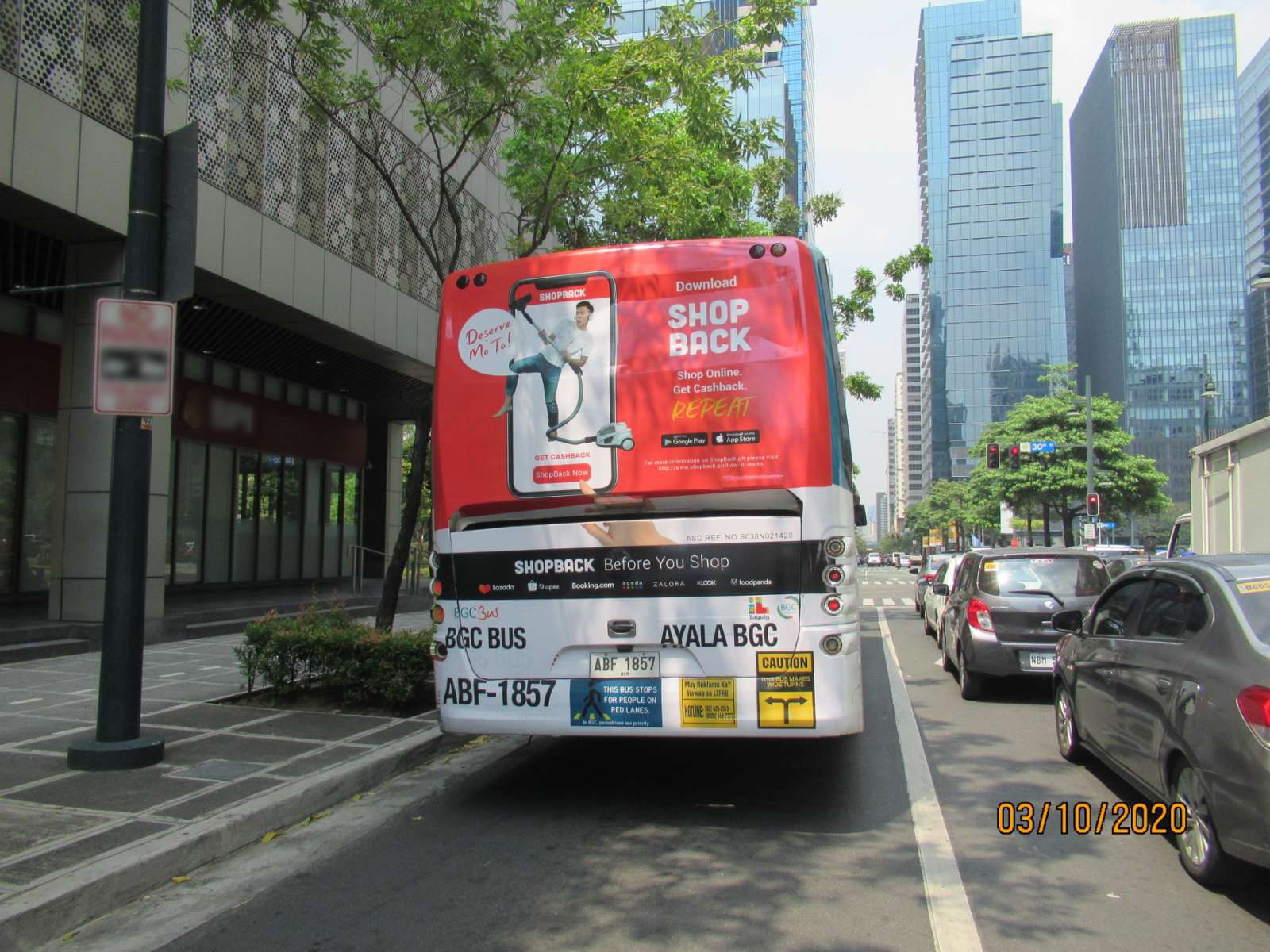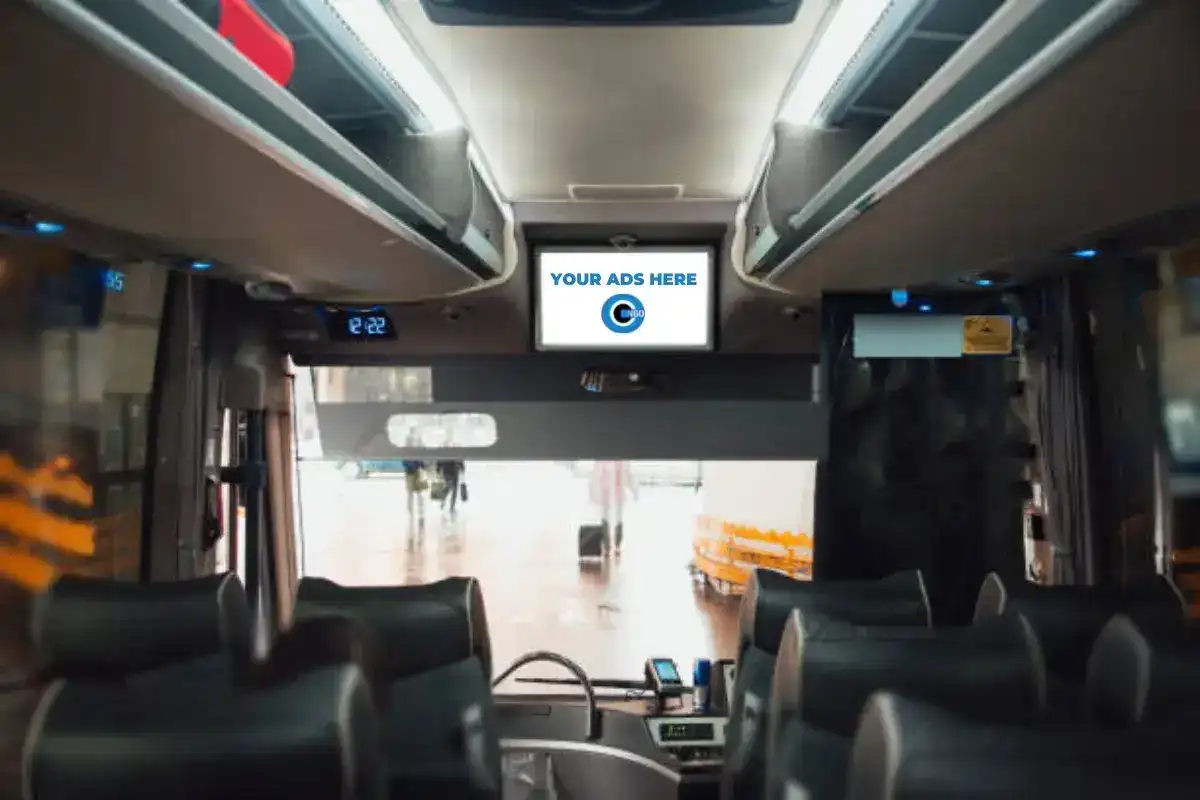Transit Advertising Philippines: Get To Hundreds Of Commuters Daily
Recognizing the Role of Transportation Marketing in Enhancing Brand Visibility and Customer Involvement
Transit marketing has actually become a crucial aspect in the advertising and marketing landscape, using special possibilities for brands to elevate their visibility and engage customers effectively. With the ability to get to a diverse and restricted audience during their daily commutes, these advertising strategies are not simply concerning presence; they are regarding creating significant connections with prospective consumers. As we check out the complex advantages and ingenious methods within transportation advertising, it becomes important to think about how these components jointly affect customer perception and habits, questioning concerning their lasting impact on brand commitment.
Interpretation of Transit Advertising And Marketing
Transit advertising and marketing refers to the technique of advertising items, services, or brand names through promotions put in and around public transport systems. This form of advertising incorporates a variety of positionings, including posters on buses and trains, digital screens at transportation terminals, and covers on the exterior of lorries. It aims to reach a varied target market, utilizing on the high foot web traffic connected with public transportation.
Transportation advertising is tactically placed to catch the focus of travelers, who commonly invest significant time traveling or waiting. By integrating promotions right into the day-to-day routines of individuals, brand names can produce a long lasting impression and foster brand name acknowledgment. The medium is especially efficient in urban atmospheres, where public transport is a primary mode of travel.
In addition, transit advertising can facilitate local targeting, allowing services to reach certain demographics based on transit routes and station locations. As city populations grow and the usage of public transportation boosts, this advertising method has acquired importance as an essential component of incorporated marketing methods. The vibrant nature of transportation marketing, incorporated with its capacity to involve consumers in a restricted setting, emphasizes its significance in contemporary advertising methods.
Advantages of Transit Advertising
The effectiveness of transit advertising and marketing lies in its ability to provide a wide variety of advantages to brand names looking for to improve presence and interaction. One of the main advantages is the extensive reach it supplies; transit advertisements can efficiently target diverse demographics throughout urban locations, reaching both commuters and pedestrians alike. This broad direct exposure significantly improves brand name awareness.
One more benefit is the high regularity of impacts. As transportation cars take a trip along well established paths and stop at numerous places, they produce recurring exposure that strengthens brand name messages. This frequency fosters familiarity, which is important in consumer decision-making.
Transit advertising is also cost-effective compared to various other media platforms. Given its extensive reach and possibility for high impacts, brands commonly experience a reduced price per thousand impacts (CPM), optimizing their marketing budget.
In addition, transit advertisements can develop a sense of community link. By straightening with neighborhood transit systems, brands can reverberate with local audiences and cultivate a sense of local pride. This local method boosts brand name loyalty and interaction, making transit advertising a compelling choice for companies aiming to solidify their visibility in the market.

Efficient Methods for Transit Campaigns
To maximize the effect of transportation projects, brands should utilize critical planning and execution customized to their target audience. First, determining the group qualities of the target market using public transit is essential. This permits brands to produce tailored messaging that resonates with prospective customers.
Next, choosing the advice ideal transportation tools is vital. Whether utilizing bus covers, subway posters, or electronic screens, each tool has distinct advantages that can boost exposure. As an example, dynamic visuals on bus wraps can stand out, while electronic ads can be updated often to mirror prompt promotions.
Moreover, integrating a natural branding approach across transportation systems guarantees uniformity and enhances the brand's identity. Making use of remarkable taglines and attractive styles will certainly enhance brand name recall amongst travelers.
By using these approaches, brand names can properly harness the capacity of transportation marketing, cultivating greater recognition and connection with their target audience. Eventually, a well-executed transit campaign can drive significant growth in brand visibility and customer involvement.

Measuring Influence and Engagement
In examining the effectiveness of transportation marketing campaigns, precise measurement of effect and interaction is necessary try this out for brand names looking for to optimize their advertising strategies. Metrics such as reach, frequency, and perceptions give fundamental information to assess presence. Assessing these factors aids identify the amount of possible clients are subjected to the promotions during their daily commutes.
Interaction can be more gauged via customer interactions, such as internet site traffic, social media sites mentions, and straight feedbacks to calls-to-action featured in the ads. Utilizing tools like QR codes or distinct URLs can help with monitoring of consumer actions directly connected to transportation projects. Surveys and feedback mechanisms additionally act as valuable techniques to collect qualitative information on consumer assumptions and recall of the advertisement.
Furthermore, progressed analytics and attribution designs can associate transit direct exposure with succeeding buying habits, providing insights right into the roi. By employing a thorough technique that incorporates measurable and qualitative steps, brand names can develop a nuanced understanding of their transportation marketing influence. Eventually, this data-driven technique makes it possible for brand names to fine-tune their campaigns, guaranteeing they resonate effectively with target market and improve overall brand name visibility.
Situation Researches of Successful Campaigns
Successful transit advertising and marketing campaigns serve as compelling examples of how reliable methods can boost brand exposure and involvement. Transit Advertising Philippines. One significant case is the "I Love New York" project, which transformed the city's image and brought in millions of tourists. By using subway ads, billboards, and bus wraps, the campaign developed a solid, cohesive brand name identification, causing a significant uptick in tourism and local business patronage
Another excellent project is Coca-Cola's "Share a Coke" initiative, which leveraged transportation marketing to individualize the brand experience. By featuring popular names use this link on promotional products throughout different transit systems, Coca-Cola cultivated a much deeper emotional connection with customers, motivating them to share their experiences on social networks.
Additionally, the "Got Milk?" project successfully made use of public transport advertisements to get to a wide audience, enhancing the message of the importance of milk in a well balanced diet plan. The campaign saw a measurable rise in milk consumption in target demographics.
These study highlight that when carried out attentively, transit advertising and marketing can substantially improve brand name visibility, foster customer engagement, and drive quantifiable results, showing its crucial role in contemporary advertising and marketing techniques. - Transit Advertising Philippines
Verdict
In verdict, transportation marketing offers as an important device for improving brand name exposure and promoting consumer involvement. Inevitably, the capacity to gauge involvement and assess effective instance researches emphasizes the performance of transportation marketing in driving brand commitment and customer communications.
Transit advertising has actually arised as a crucial component in the advertising and marketing landscape, providing unique chances for brands to raise their presence and involve consumers efficiently.Furthermore, transit marketing can help with local targeting, allowing businesses to reach details demographics based on transportation routes and station locations.In evaluating the effectiveness of transit advertising projects, exact measurement of influence and interaction is crucial for brands looking for to enhance their marketing methods.Successful transportation advertising projects serve as engaging examples of just how efficient strategies can raise brand presence and interaction.In conclusion, transportation advertising offers as an important device for improving brand exposure and fostering customer interaction.